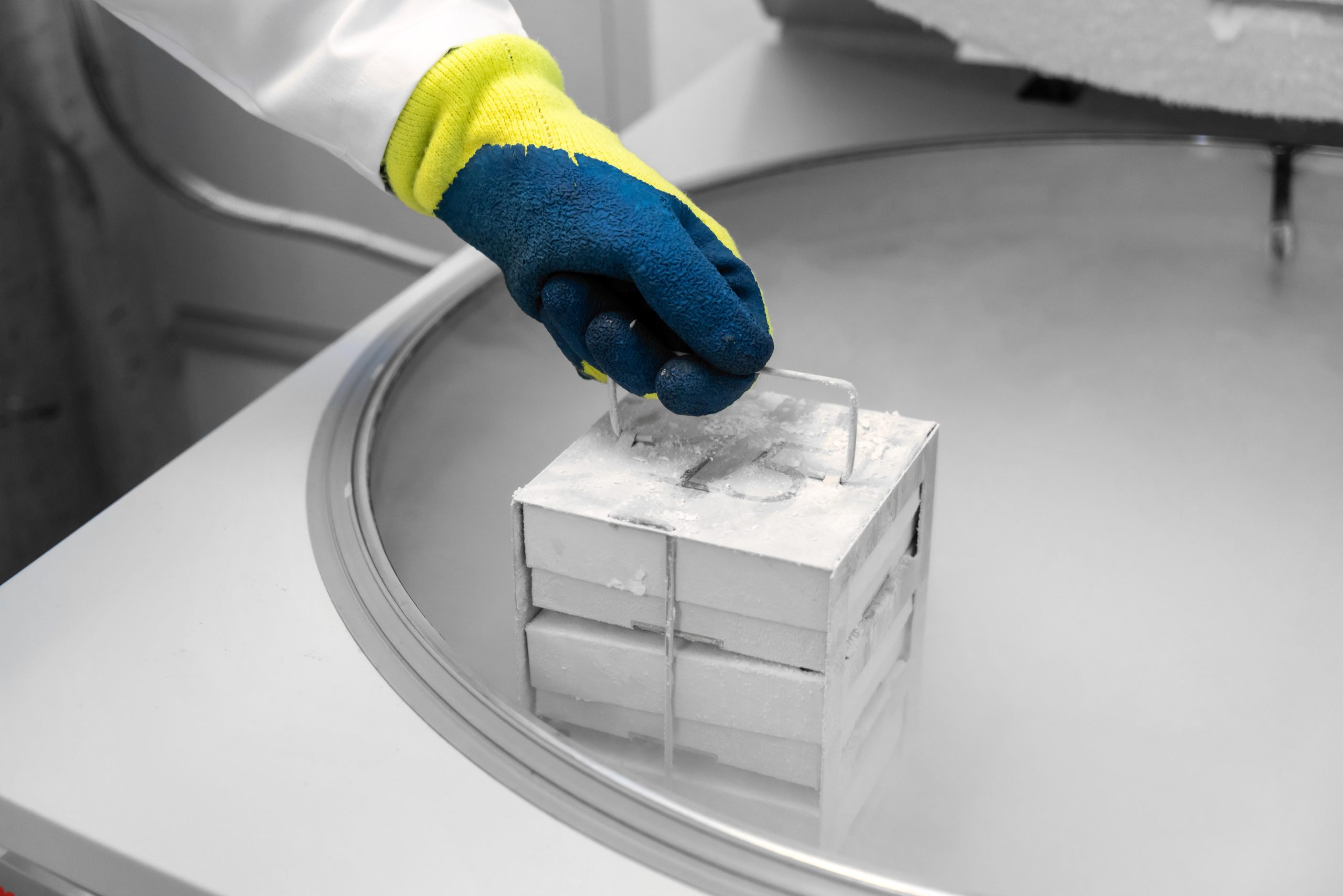
Embryo Freezing and Storage
Embryo freezing and storage is an important method in assisted reproductive technologies. Embryo freezing is the process of freezing and storing excess embryos obtained during IVF treatment at low temperatures for use in subsequent treatments.
Why do we freeze embryos?
With the advancement of medicine, embryo freezing can be performed for various medical and personal reasons.
While one or more of the embryos obtained in IVF treatment are transferred immediately, the remaining quality embryos are frozen and stored for later evaluation. In this way, if we encounter a negative result, we get the chance to transfer an embryo again without a new drug treatment and egg collection. In this way, the expectant mother is less tired, the financial burden is reduced and the chance of pregnancy increases. If the pregnancy results in a live birth, the frozen embryo can be used again in the following years for a second child without the need for drug treatment.
In cases such as OHSS risk, insufficient endometrium thickness, endometrial polyps, etc., which prevent the embryo from attaching to the mother's uterus during the treatment process, all embryos of our patients are frozen and kept until the general condition of the patient is ready for embryo transfer.
Embryo freezing is also a source of hope for couples with genetic diseases. Frozen embryos, which are biopsied and pooled, can be analysed by genetic tests and healthy embryos can be selected. This process increases the chance of pregnancy, saves time and benefits the family economically.
Cryopreservation of embryos or egg cells before conditions that adversely affect fertility, such as cancer treatment, is also important to preserve the patient's chances of becoming a mother after treatment.
Which technique is used for embryo freezing?
Embryos can be frozen by vitrification or slow freezing using special freezing solutions. In our centre, we prefer the vitrification method, which is the latest technology, as it has better viability rates and results.
What is Vitrification Method?
In the process of in vitrofertilisation (IVF), embryos are created by fertilising eggs and sperm in the laboratory. When the embryos are frozen, they are treated with preservatives called cryoprotectants. These substances aim to preserve the viability of the embryos by preventing the formation of intracellular ice crystals. Embryos placed in special carrier apparatus are then frozen in liquid nitrogen at -196 degrees centigrade using a rapid freezing technique called vitrification and stored safely in compartments specially reserved for each patient. Under these conditions, the biological activities of the embryos are stopped and they remain intact for a long time.
What are the Success Rates in Embryo Freezing?
Embryo freezing is an important indicator for evaluating the success of an IVF clinic. The success of a centre can be easily seen by looking at the embryo freezing rates and the successful results obtained with frozen embryos. If performed correctly, frozen embryo transfer treatments have a higher success rate than fresh embryo transfer treatments.. Embryos frozen in our centre have a high survival rate of 95-99% after thawing. This gives us maximum success in the subsequent embryo transfer.


